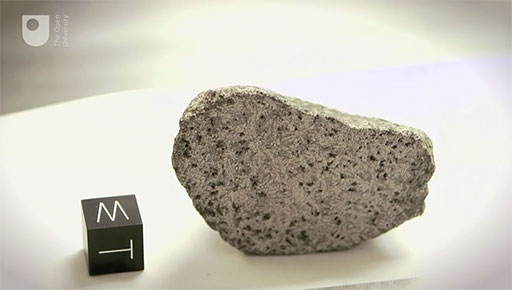2.1 Moon rocks – a scientist’s view
Larry Taylor reflects on types of rocks on the Moon and the contrast between the lunar highlands and the maria. Note that he talks about another rock type, breccia. You’ll learn more about breccias later this week.

